Understanding the Types of Filling Machines
Filling machines are essential in various manufacturing sectors, particularly in food and beverage, pharmaceuticals, and cosmetics. These machines enhance packaging efficiency, ensuring that products are filled accurately and consistently. To understand these machines better, it is important to explore the different types of filling machines available in the market. Each type serves specific applications and helps businesses optimize their production lines. More specifically, Filling Machines come in various forms designed to meet varied industry needs, from manual to semi-automatic to fully automatic systems.
Manual vs. Semi-Automatic Filling Machines
Manual filling machines require human operators to fill containers, making them suitable for small-scale operations or startups with limited budgets. These machines offer simplicity and easiness to operate. Operators can adjust fill levels based on visual inspection; however, this method often leads to inconsistencies and errors in fill volume. Conversely, semi-automatic filling machines minimize manual labor by performing part of the filling process automatically while still requiring human oversight. This category includes pneumatic fillers and gravity fillers, which help maintain some control over the process but enhance the speed compared to manual machines.
Fully Automatic Filling Machines Explained
Fully automatic filling machines are designed for high production rates and can operate continuously without manual intervention. These machines are equipped with advanced technology such as sensors, PLC control systems, and automated conveyors to ensure streamlined operations. They can fill a variety of products, including liquids, powders, and granules, while maintaining exceptional accuracy and speed. For large production facilities, investing in fully automatic filling machines can significantly reduce labor costs and improve productivity, allowing businesses to meet high market demand efficiently.
Specialized Filling Machines: A Breakdown
Within the broader category of filling machines are specialized types tailored for specific applications. For instance, volumetric filling machines measure the volume of each product precisely before filling, which is vital for maintaining product quality. Other specialized machines include:
- Piston Fillers: Commonly used for viscous liquids and creams, piston fillers use a cylinder to draw and dispense product.
- Vacuum Fillers: Designed for filling containers with free-flowing liquids, vacuum fillers operate by creating a vacuum that draws the liquid into the container.
- Auger Fillers: Used for powders, auger fillers dispense material through a rotating auger, ensuring accurate measurement for each fill cycle.
Key Components of a Filling Machine
Filling machines consist of several critical components that work together to ensure efficient and accurate filling processes. Understanding these elements can help operators maximize machine performance and troubleshoot common issues effectively.
Pumps and Valves: The Heart of the Machine
Pumps and valves are integral to the function of a filling machine. The pump is responsible for moving the product from its source to the filling nozzles, while valves help regulate product flow. Different types of pumps include gear pumps, diaphragm pumps, and peristaltic pumps, each suited for different viscosity levels and product types. Proper calibration and maintenance of these components are essential for preventing leaks and ensuring consistent fill volumes.
Control Systems for Precision Filling
Modern filling machines incorporate advanced control systems to enhance filling precision. These systems employ sensors and PLC (Programmable Logic Controller) technology to monitor and adjust the filling process in real-time. This integration allows the machine to self-calibrate based on product viscosity, temperature, and container size, resulting in accurate fill levels and reduced wastage.
Containers and Compatibility Matters
The type of containers used in filling operations significantly impacts the choice of filling machine. Compatibility is crucial, as each machine type is designed to work with specific container shapes and sizes. Operators must consider aspects like container material (plastic, glass, metal) and closure type to ensure the chosen machine effectively meets production requirements. Additionally, using containers that fit well with the filling machine promotes efficiency and minimizes downtime.
Benefits of Upgrading Your Filling Machine
Upgrading to a modern filling machine can yield significant benefits for manufacturers, enhancing efficiency and profitability. Understanding these advantages can help businesses strategize their investments effectively.
Improved Efficiency and Production Rates
Newer filling machines are designed with efficiency in mind, capable of processing more products per hour than older models. Incorporating automation reduces labor requirements, streamlining operations and allowing staff to focus on high-level tasks rather than manual filling. Improved efficiency can lead to reduced lead times and increased production rates, allowing businesses to respond to market demands proactively.
Compliance with Health and Safety Standards
With increasing regulations surrounding product safety and quality, upgrading filling machines helps businesses stay compliant. Modern filling machines are often designed with features that meet health and safety standards, including easy-to-clean surfaces, integrated safety systems, and enhanced sanitation capabilities. By ensuring compliance, companies can avoid costly fines and market withdrawal of their products.
Cost Savings Over Time Analysis
Though the upfront cost of investing in a new filling machine can be significant, the long-term savings can outweigh initial expenditures. Advanced machines tend to have lower operating costs due to their efficiency and streamlined processes. Over time, businesses can also reduce waste and mitigate the risk of recalls associated with filling inaccuracies, resulting in significant cost savings.
Best Practices for Using a Filling Machine
To maximize the performance of filling machines, operators should follow best practices that ensure longevity and efficiency. Implementing these strategies contributes not only to operational excellence but also to long-term cost savings.
Regular Maintenance and Troubleshooting Tips
Routine maintenance is essential for preserving the functionality of filling machines. Operators should develop a maintenance schedule that includes cleaning, lubrication, and replacement of worn parts. Additionally, educating staff on common troubleshooting techniques can help mitigate downtime. Regular inspections can also reveal potential issues before they lead to costly repairs or production halts.
Optimal Setup for Different Products
Different products have varying properties that affect their handling during the filling process. Operators should calibrate machines according to the specifications of the product being filled. For example, liquids may require different nozzles compared to powders or granules. Understanding the nuances of different product types will ensure smooth operations and minimize filling errors.
Training Your Team for Efficiency
Investing in training ensures that your team understands how to operate filling machines optimally. Proper training programs should cover machine operation, maintenance protocols, and troubleshooting steps. A knowledgeable team can react swiftly to issues as they arise, reducing potential downtime and maintaining consistency in production.
Future Trends in Filling Machine Technology
The filling machine industry is evolving rapidly, driven by new technologies and changing market demands. Keeping abreast of trends can help businesses stay competitive and compliant.
Automation and Smart Technology Integration
As industry 4.0 continues to reshape manufacturing, filling machines are increasingly integrating smart technologies for better data analytics and process optimization. Machines equipped with IoT (Internet of Things) capabilities can monitor production metrics in real-time and offer insights for continuous improvement. Automation reduces human error, and smart devices can preemptively alert operators to maintenance needs, effectively minimizing downtime.
Environmental Considerations in Production
Manufacturers are placing greater emphasis on environmentally sustainable practices. New filling machines are being designed with eco-friendly technologies that not only reduce waste but also promote energy efficiency. Adopting sustainable machines attracts environmentally-conscious consumers and contributes to social responsibility efforts.
Monitoring and Analytics for Operational Improvements
Data analytics is becoming a cornerstone of effective production strategies. Many modern filling machines now come equipped with software that allows manufacturers to track performance metrics such as fill accuracy, production speed, and downtime. This data is invaluable for making informed decisions to enhance productivity, reduce costs, and ensure that operations align with business objectives.
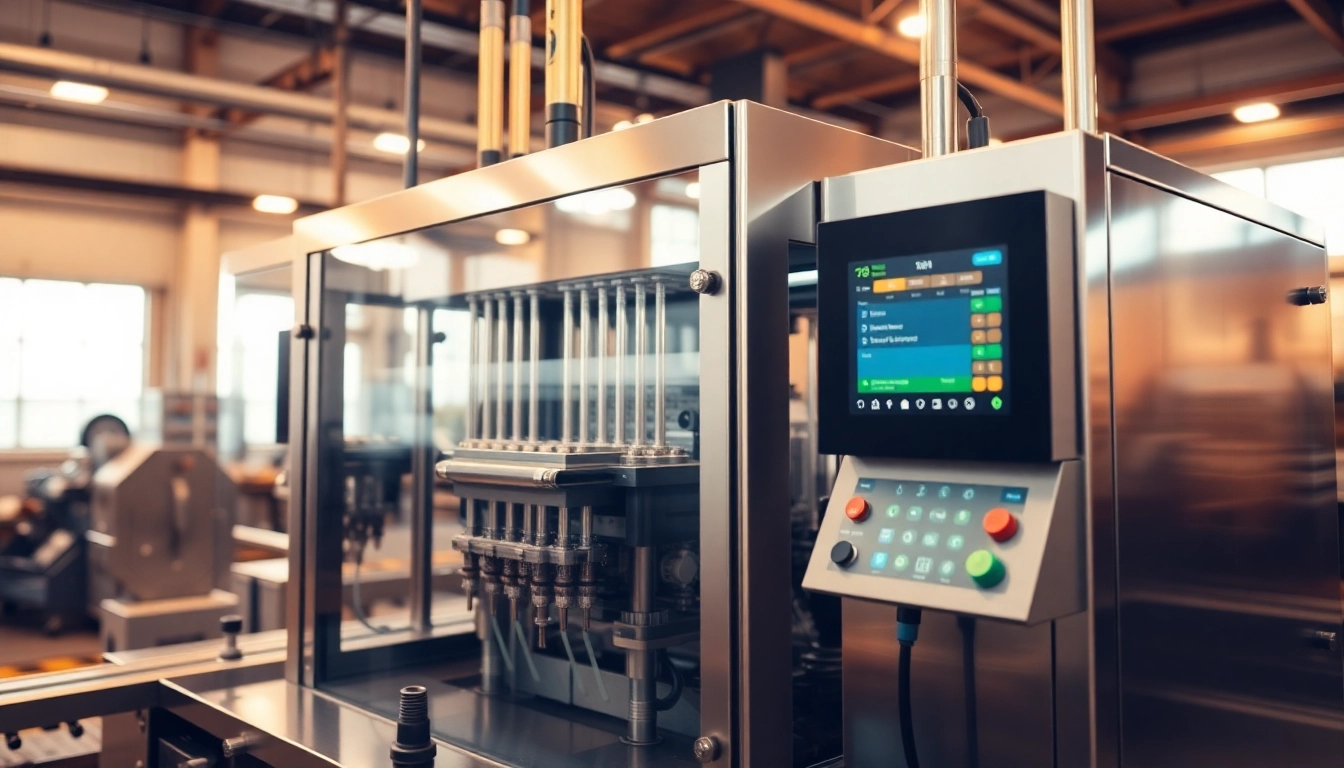

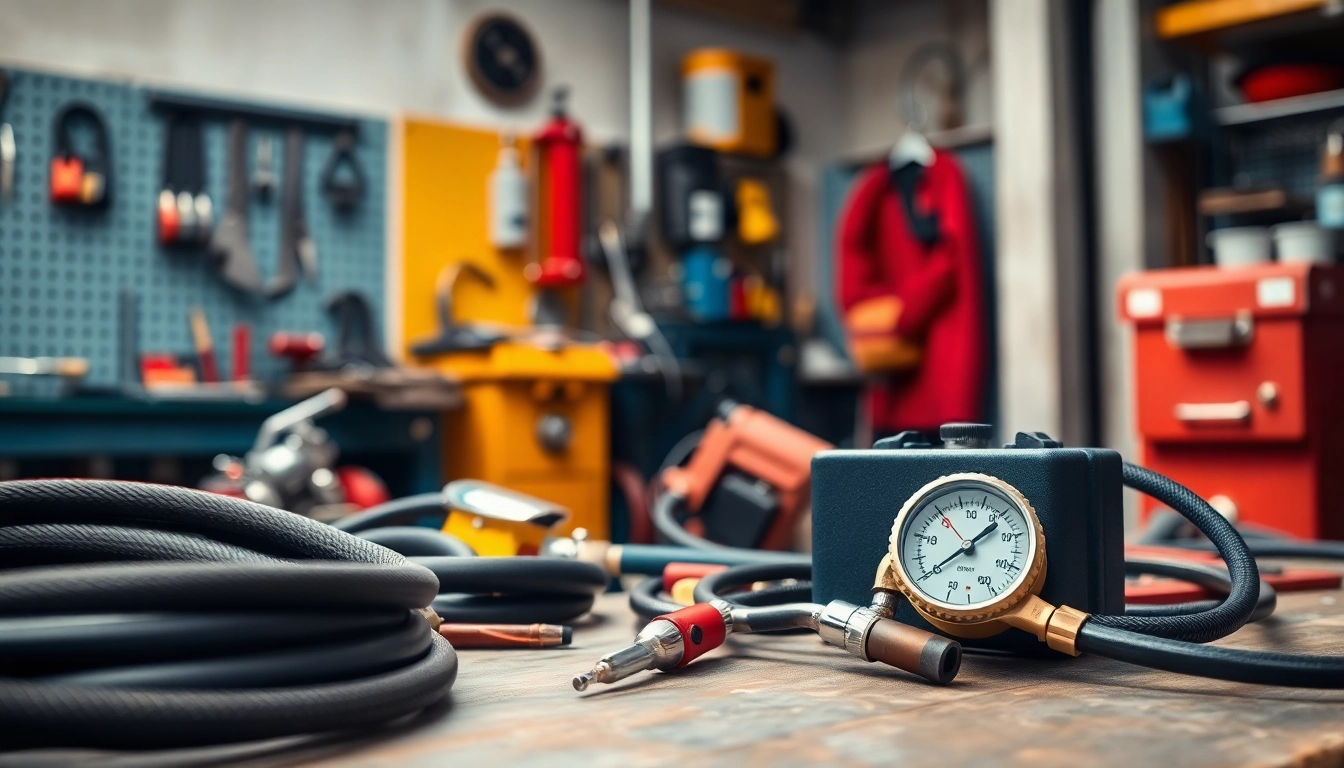
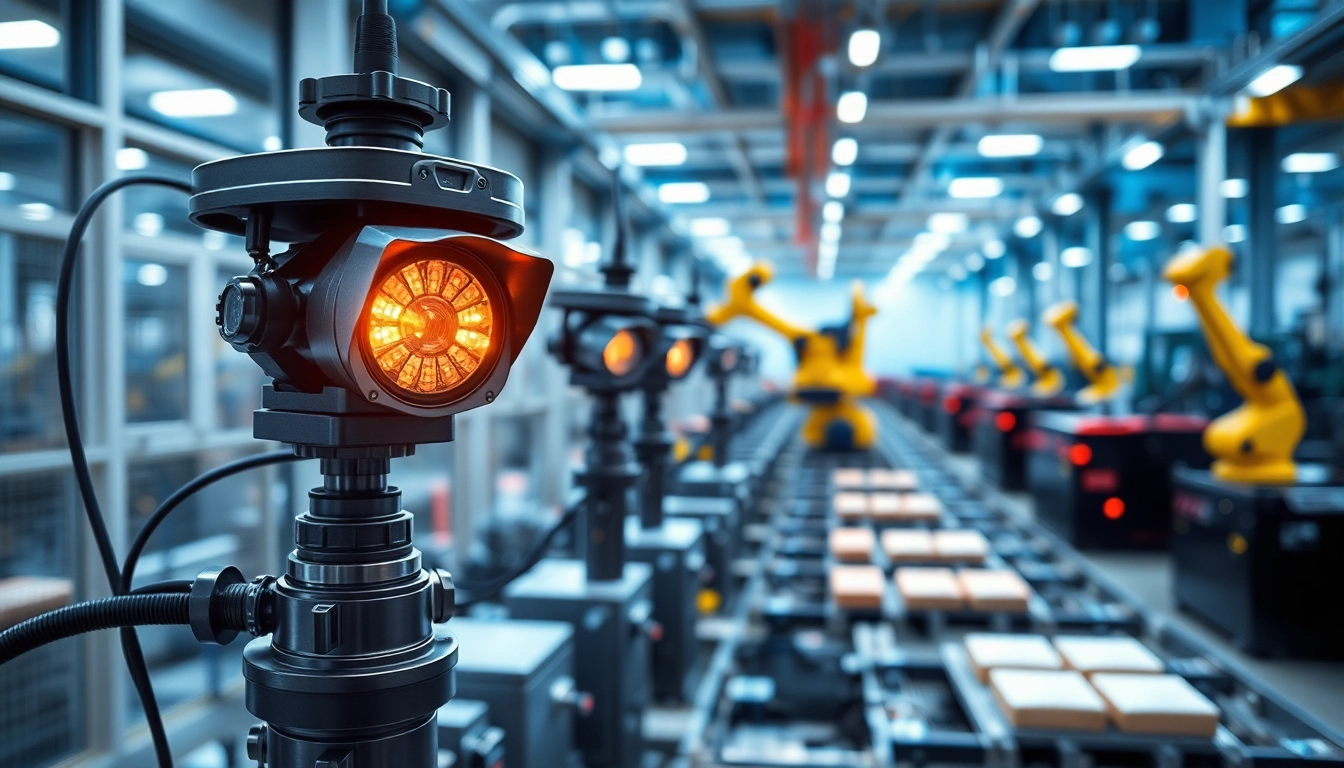
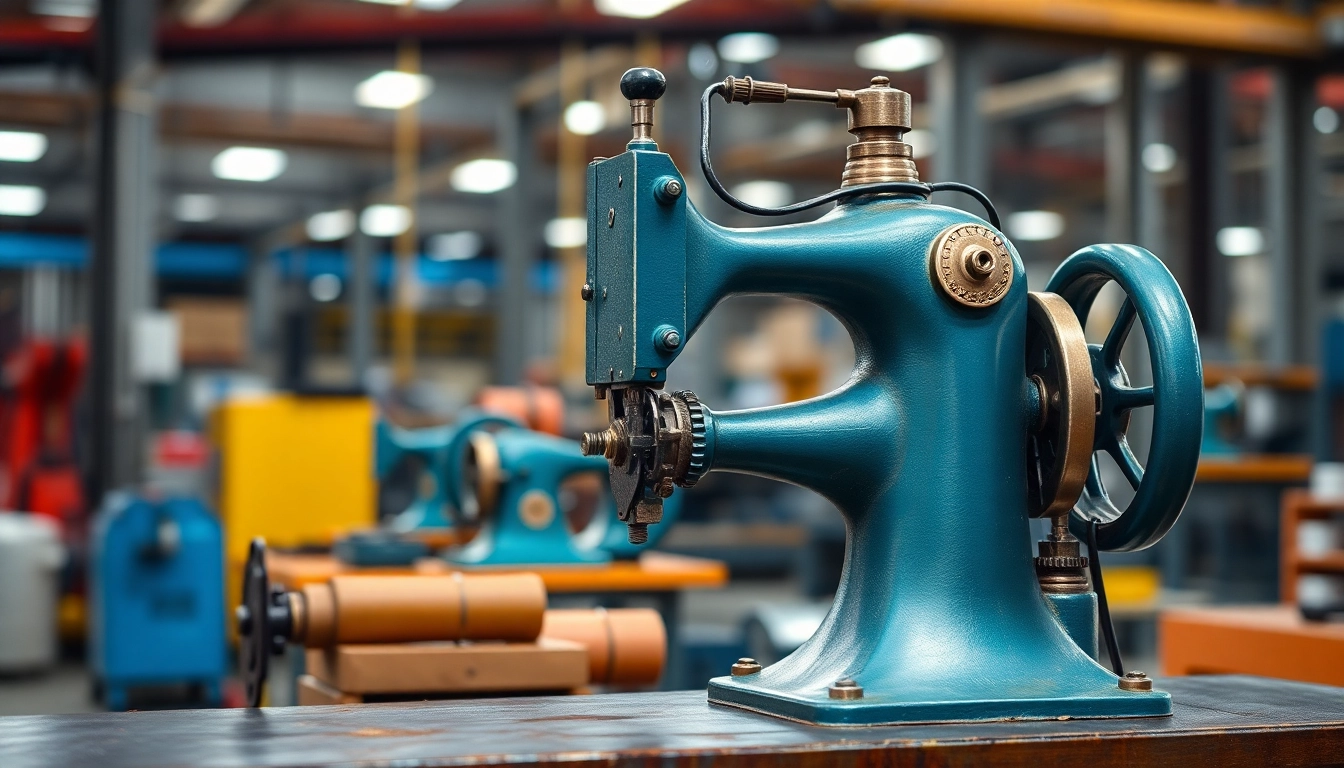
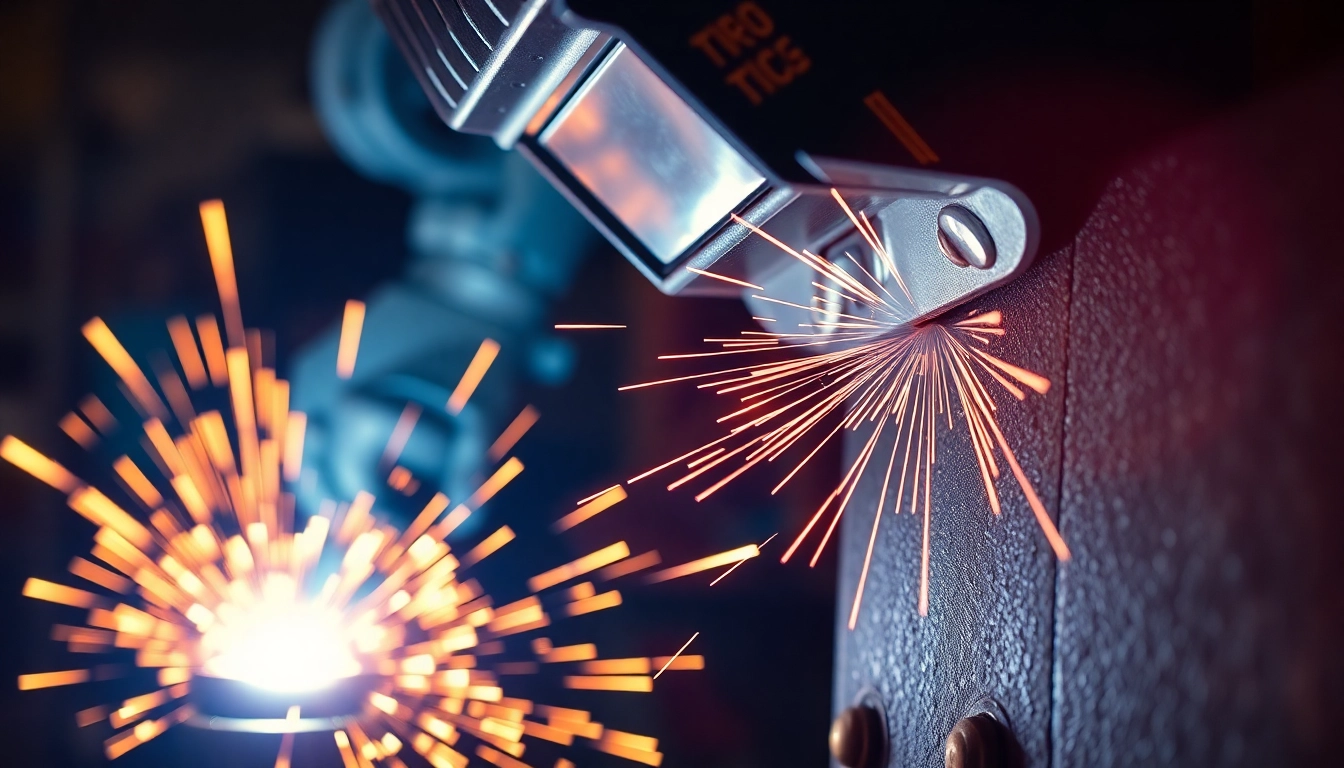
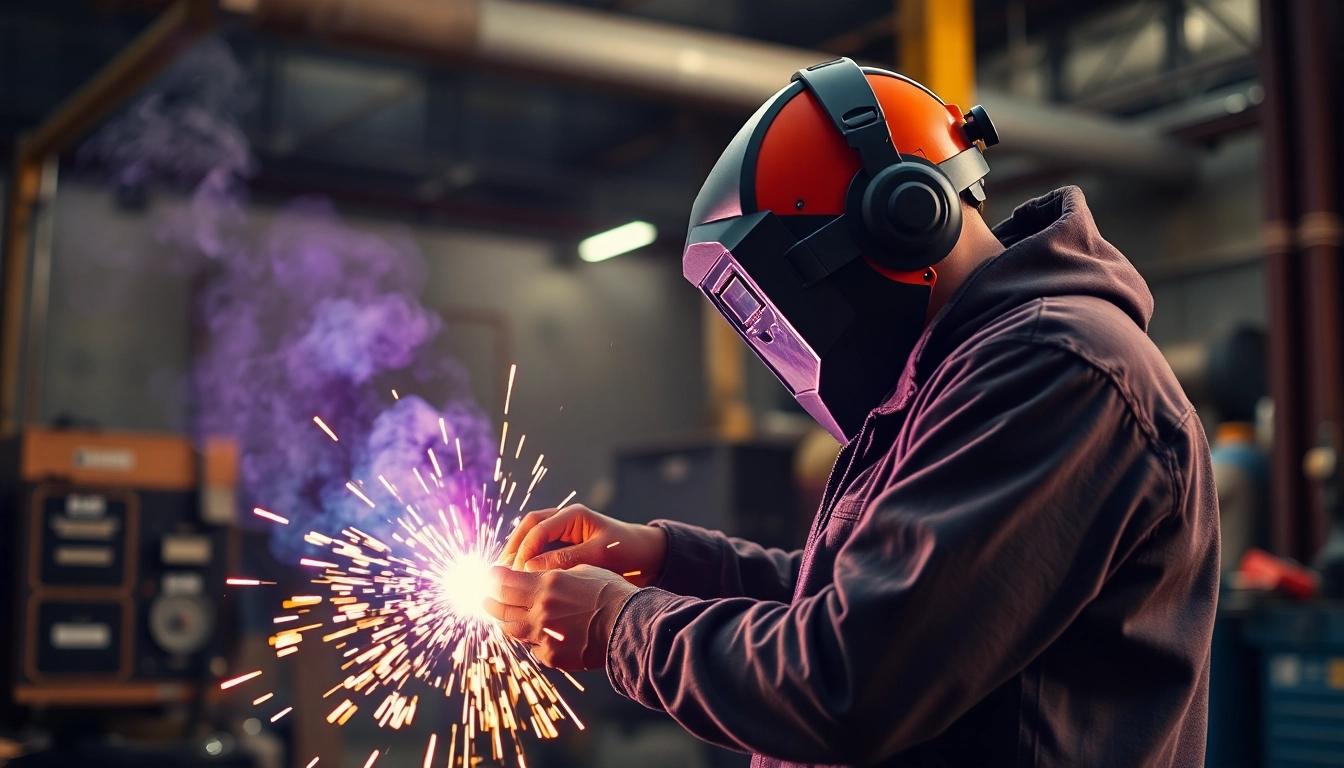
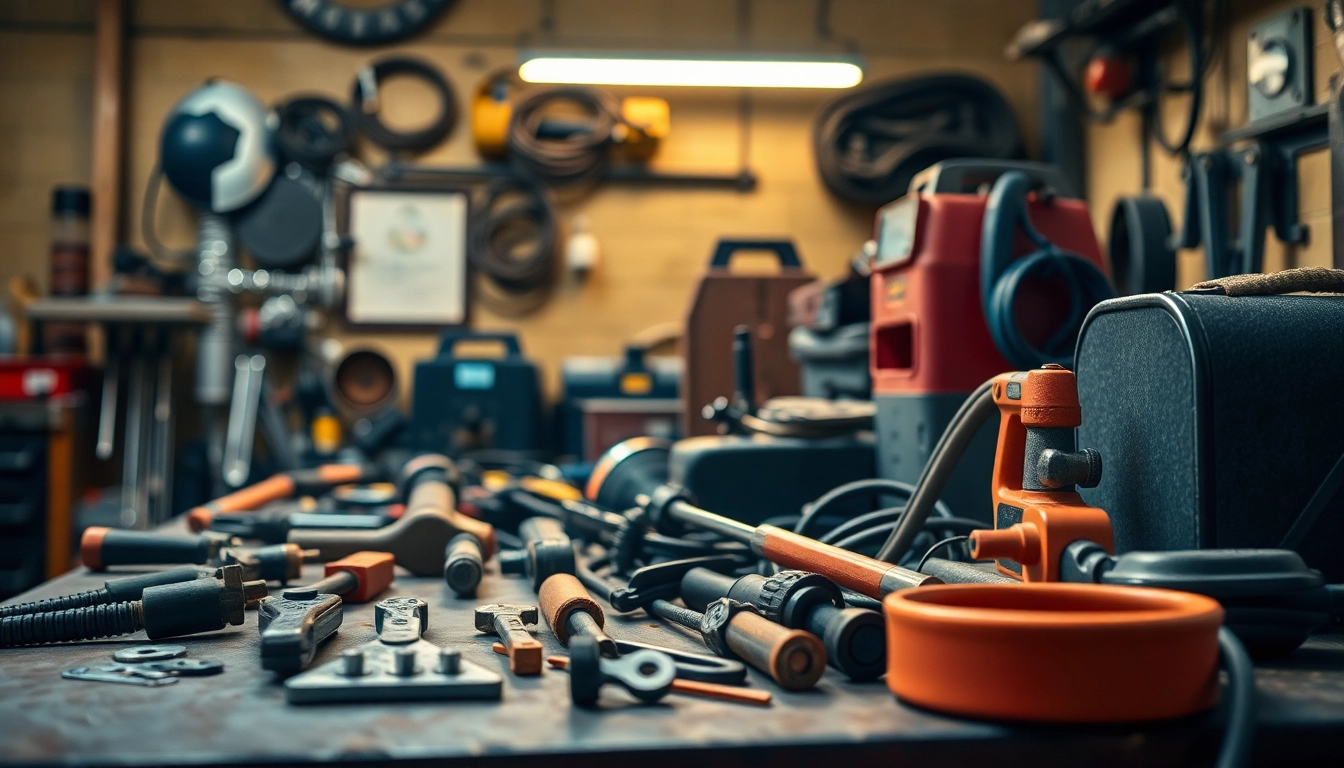
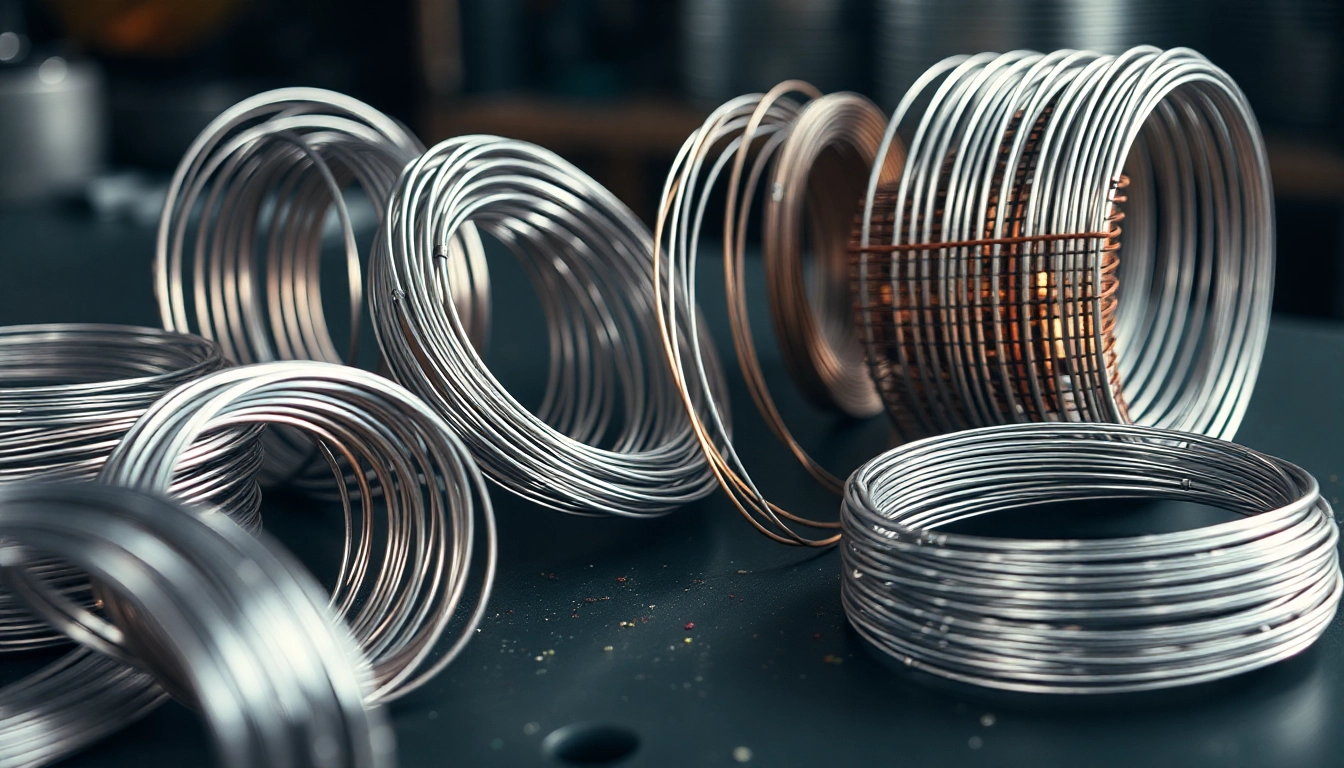




Leave a Reply